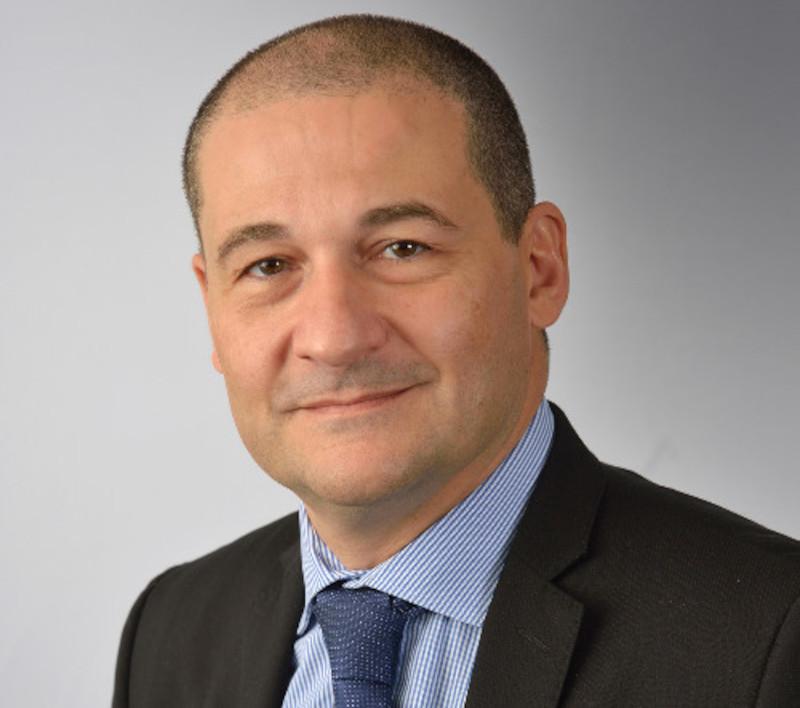Fast 5: Safran's Plans For Hyderabad LEAP Engine MRO Facility

With plans to construct a LEAP maintenance facility in Hyderabad, India by 2025, Safran is looking to service around 300 of the engine type annually while eventually employing 1,000 people at the center by 2035. Jean-Paul Alary, CEO of Safran Aircraft Engines, talks to Aviation Week about the company's decision to set up a base in the southern Indian city.
Safran recently confirmed plans to set up its largest facility so far for LEAP engines. What made you select India for this expansion?
We benefit from the fast-growing aviation ecosystem and outstanding competences in the state of Telangana. Our new MRO 4.0 center in Hyderabad will strengthen our global network and enable us to meet the needs of our CFM customers against a backdrop of booming air traffic in India and the region. Our customer base in the region is huge, with more than 330 aircraft powered by CFM engines, and it will keep expanding with the 1,500+ LEAP engines in backlog in the Indian subcontinent. The LEAP aftermarket activities will consequently ramp up in the coming years, so this new MRO shop will help us support our customers’ fleet and optimize their operations.
Does Safran have any further expansion plans in India?
Safran has been a key partner of Indian aerospace industry for more than 65 years and our strategy clearly reflects our ambition to strengthen this footprint through major investments as part of our commitment to the "make in India” policy.
In July, we also inaugurated in Hyderabad a 15,000 m2 production plant for LEAP rotating seals and we expanded our facility in Bangalore to support the LEAP production ramp-up. Beyond this, we will always consider opportunities to build up new capacities in India within our global supply chain.
What are your views on the overall MRO ecosystem in India? How can it be improved? What impact will the Safran MRO have on local MROs competing with their foreign counterparts?
The most developed part of MRO ecosystem in India is within airframe activities, with several players already well installed. We can project that this ecosystem will quickly grow in the future due to the combination of the high forecasted demand, the recent evolution of some tax elements on MRO activities and the “make in India” policy. Our project will contribute to develop this ecosystem in connection with local educational systems, as well as potential development of some connected MRO activities for its supply chain. This will also be favorable to develop a stronger military MRO ecosystem.
As far as competition, Safran Aircraft Engines' MRO shop will be a fulfillment center for Safran Aircraft Engines on MRO activities contracted by CFM International towards its customers and therefore will not directly compete with local MROs.
How do you gauge the MRO market competition in Southeast Asia?
It’s a fast growing market with many projects in several countries. The trend could be towards a better and more localized service to the customers, in line with the local demand and the willingness to reduce the carbon footprint of this activity. Safran Aircraft Engines' MRO project is fully in line with these objectives and will highly contribute on them.
How do you think the airlines will manage engine shipments from and to Hyderabad from their main operating bases? Is the logistics infrastructure capable enough to handle this?
Logistic assessment has been part of the different elements investigated for the location choice. No major obstacles have been identified to make sure that the engines will be able to reach Hyderabad in a secure and efficient manner, whether through road or air. Air transportation, if limited today, will continue to grow within the ongoing extension of the Hyderabad Airport and road transportation is commonly used, even on long distance, for engines.




